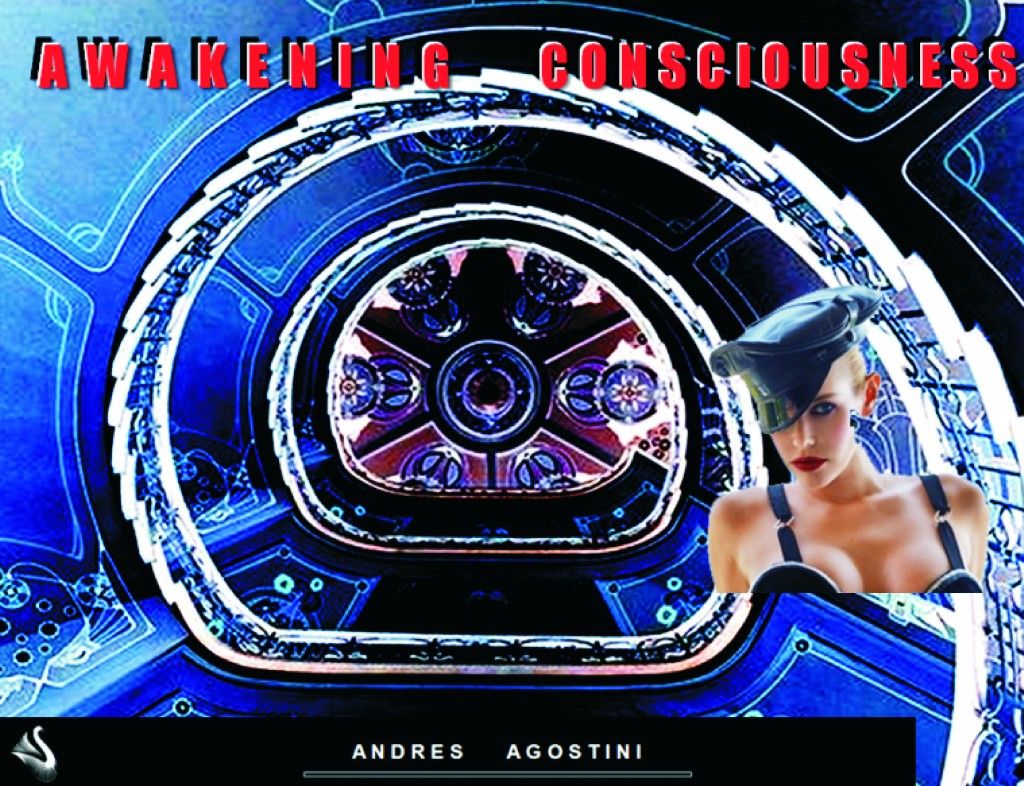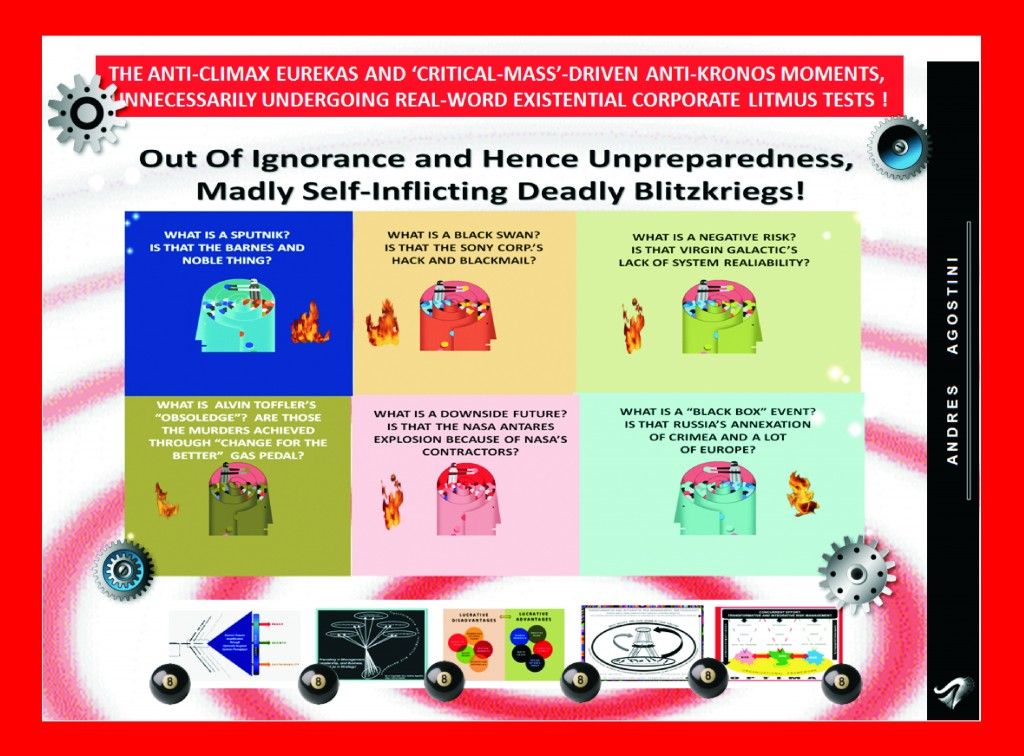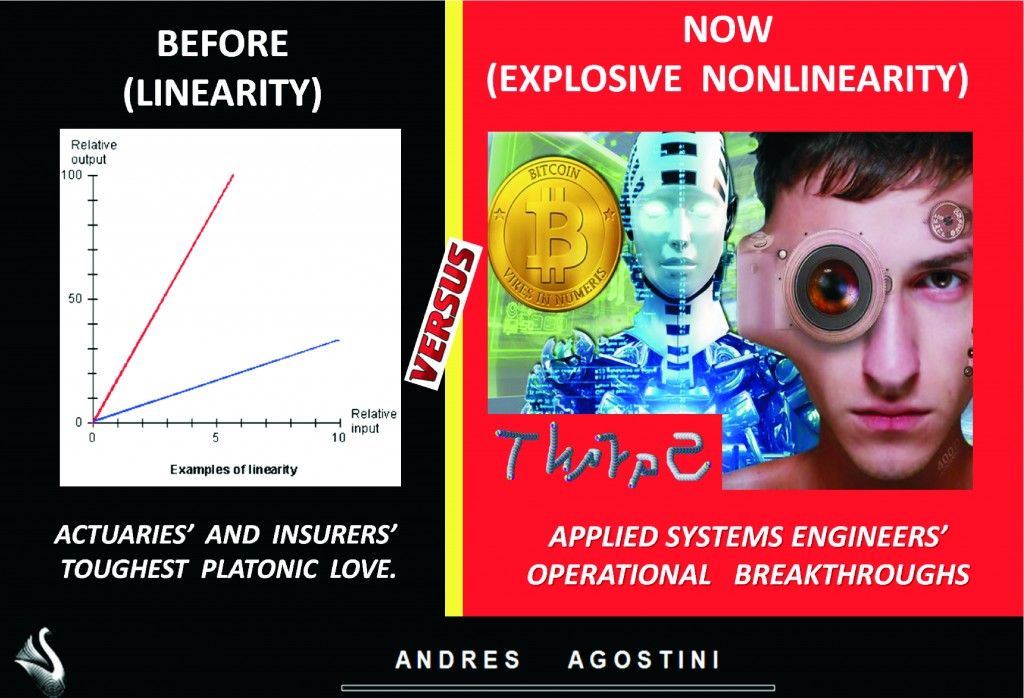Everyone can witness it in the scientifically well-researched blockbuster movie “Interstellar”: The protagonist had to travel fairly deep down to the vicinity of the surface of a giant black hole while feeling absolutely normal there. But there he realizes that when he is to come back home soon, decades will have passed by out there owing to his momentarily heavily slowed clocks and aging. Hence he is younger now than his own daughter whom he had so reluctantly left behind. This is the ingenious part of the script. The rest of the movie becomes inconsistent, the viewer realizes: The crew next goes down much deeper to reach the horizon and travel through the wormhole (and so a second time on the way back), but this time around the matching infinitely fast aging rate in the outside world is swept under the rug for the sake of the narrative having a happy end.
My point is that near the horizon itself, the slowdown becomes infinite. Hence “infinity plus infinity equals zero” is the axiom presupposed in the movie’s second part. Therefore we can dismiss that part as crab? Please, do not do so: this part describes exactly what modern physics is teaching. That is, the movie’s inconsistent second part is the current textbook knowledge: a belief in the presence of “equal rights” between the two time scales, the one outside and the one downstairs in gravity. This is the canonical teaching in physics for 75 years – ever since 1939 when J. Robert Oppenheimer unwittingly laid the ground to this logical error in his ingenious paper, written jointly with Hartland Snyder, in which the physical existence of stellar black holes was first predicted. It is highly technical (http://journals.aps.org/pr/pdf/10.1103/PhysRev.56.455 ).
Following 1939, only the “Russian school” avoided the mentioned error by speaking of “frozen stars” rather than of “stellar black holes.” Eventually, however, peer pressure from the West caused this view to fall into oblivion following the end of the cold war. The once correctly recognized “freezing of time near a black hole” was forgotten by the profession. Interstellar now brought it to the whole world.
The mentioned emotional scene (a father suffering in his heart because the imperceptible slowing-down of time that holds true for him near a mega black hole implies that his beloved young daughter will no longer be a child on his impending return) is now an eye-opener for the whole planet.
Continue reading “‘Infinity plus Infinity equals zero’: A logical Error made by the Physics Profession” »
















